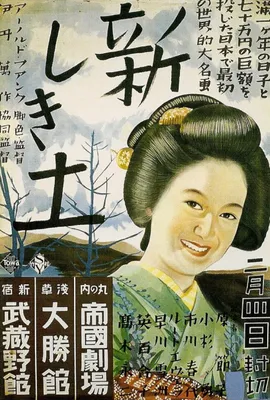Hara Setsuko
Overview
原節子
17 Jun 1920
Aida Masae
会田昌江
Yokohama, Kanagawa, Japan
5 Sep 2015 (95)
Kanagawa, Japan
Pneumonia
Dropped out of school in 1935 and joined Nikkatsu studios.
Appeared in Arnold Fanck's The Daughter of the Samurai in 1937, the first German-Japanese co-production. She attended a preview of the film in Berlin with Adolf Hitler and other Nazi party leaders. The film was classified as propaganda and was prevented from release in nations that fell outside the Anti-Comintern pact.
Later transferred to Toho and appeared in several war movies. By the war's end she had earned a reputation and could choose her own work.
Worked frequently with director Ozu Yasujirô.
Retired after appearing in Inagaki Hiroshi's Chushingura in 1962 and lived in seclusion under her death in 2015.
Selected Works


